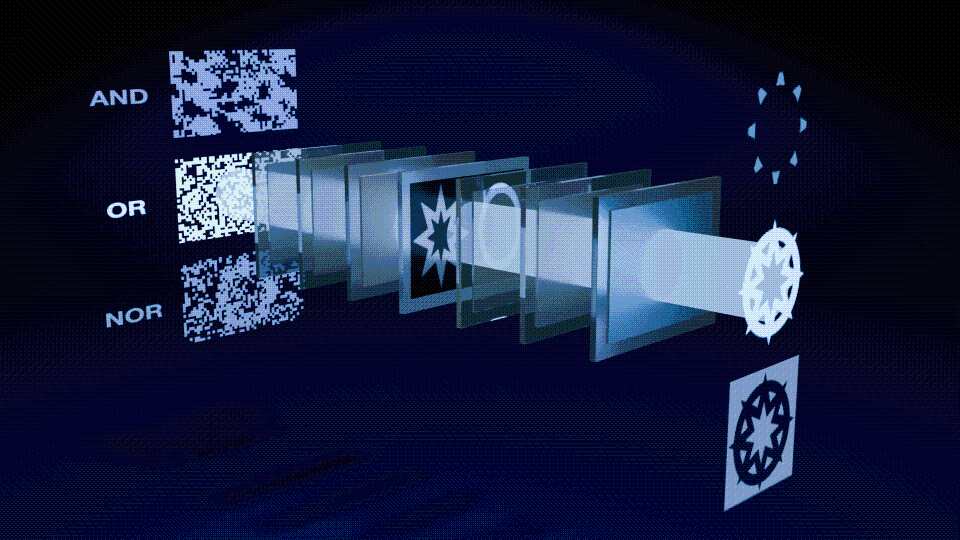THE LATEST
Japanese researchers introduce diffraction casting, optical-based parallel supercomputing

Oh, dear, let's see here. This fascinating thing called diffraction casting has something to do with logic and light. It's supposed to make computers faster and more efficient. Current supercomputers generate heat, you see, and that is not good. However, optical computing is like using light waves without creating heat. Sounds promising.
Back in the 1980s, Japanese innovators dabbled in optical computing using shadow casting, but the concept was a bit murky. Fast forward to today, and we have a clearer, more efficient iteration in the form of diffraction casting. This new approach leverages the properties of light waves to create more efficient optical elements. Their simulations with small images showed promising results, marking a significant step forward in the field.
The team behind diffraction casting envisions an all-optical system, where every process is executed optically until the final output, which is then converted to electronic format. It's akin to layering images in Photoshop, but with light waves. The lead author anticipates that this technology could be commercially viable in about a decade. They're also exploring the extension of this system to quantum computing, a prospect that adds a layer of complexity and excitement to the future of computing.
A paper by Ryosuke Mashiko, Makoto Naruse, and Ryoichi Horisaki, "Diffraction casting," discusses this. The graduate school's Information Science and Technology department has more information.
Now, let's delve deeper into these intriguing ideas and see where they might lead. By the way, if you want more detailed statistics, you can check out this link: Advanced Photonics Journal.

